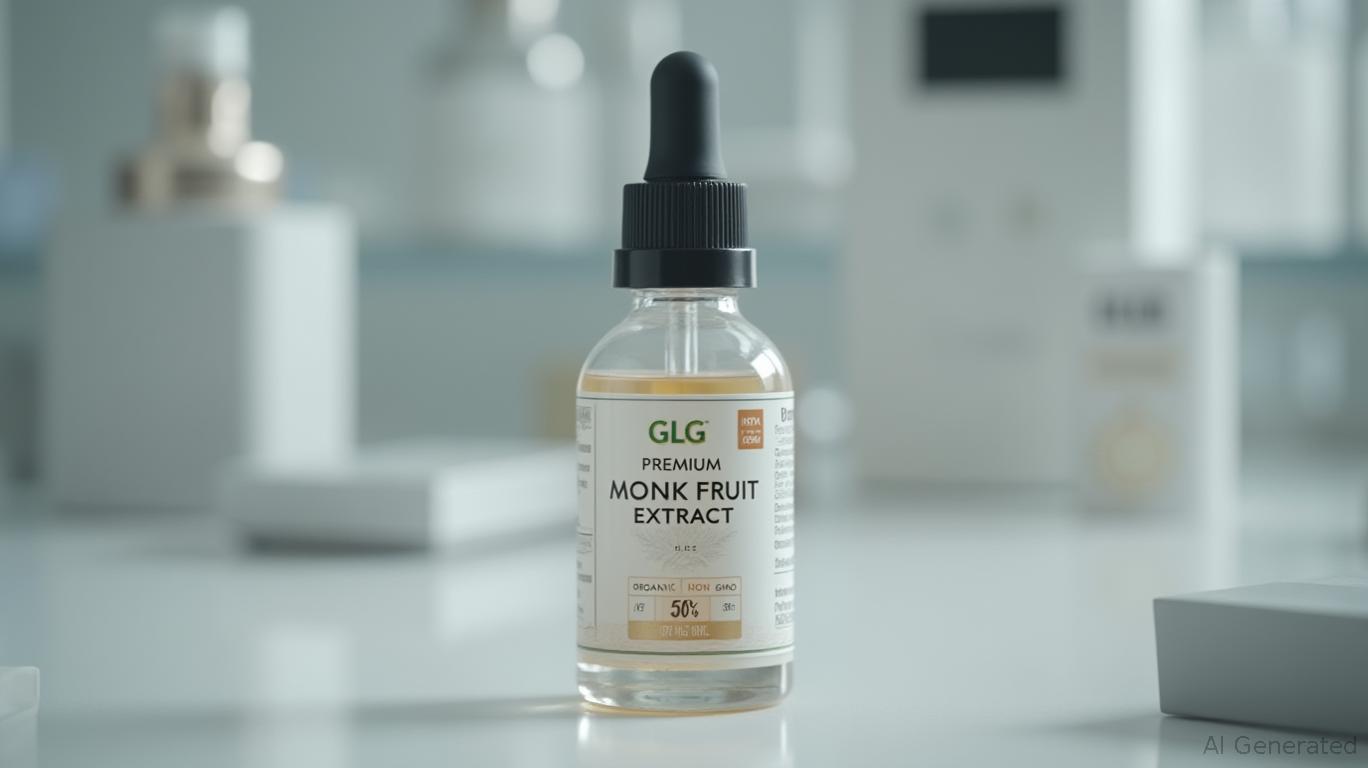GLG Life Tech: Navigating Revenue Headwinds to Secure a Profitable Future
The first quarter of 2025 presented a mixed picture for
Life Tech Corporation (GLG). While its revenue dipped by 8% year-over-year to $3.2 million, the company's aggressive restructuring and strategic pivots underscore a path toward sustained recovery. This article dissects GLG's cost-cutting discipline, premium product focus, and regulatory progress, arguing that these moves position the company to overcome short-term challenges and rebuild investor confidence.Cost-Cutting: A Lifeline in Turbulent Markets
GLG's 44% year-over-year reduction in SG&A expenses is its most compelling near-term achievement. By slashing administrative and operational costs—likely through layoffs, vendor renegotiations, and streamlined processes—the company narrowed its net loss to $3.2 million, a $1.2 million improvement from Q1 2024. This efficiency drive is critical in an environment where competitive pricing pressures, particularly in the stevia and monk fruit markets, have eroded margins.
While revenue declined, GLG's focus on cost containment buys it time to execute its long-term strategy. The company's ability to operate leaner while maintaining core operations suggests management's resolve to prioritize survival over growth—a necessary step amid cash flow constraints.
Asset Transfers: Offloading Debt to Fortify Balance Sheets
The strategic transfer of subsidiaries Runhai and Runde marks a decisive move to reduce debt and simplify operations. These asset sales, approved by shareholders, have already removed significant liabilities, including bank debt tied to underperforming divisions. By divesting non-core assets, GLG is concentrating resources on its core business segments, particularly premium products.
The Runhai transfer, finalized in May 忘 2024, exemplifies this strategy. Removing $X million in debt (exact figures pending disclosure) strengthens liquidity and reduces the risk of insolvency—a key concern highlighted by auditor Horizon Assurance.
Premium Products: The Path to Margin Recovery
GLG's pivot toward high-margin premium products is its most promising long-term lever. With commodity-like pricing in stevia and monk fruit extracts squeezing profitability, the company is doubling down on niche, value-added offerings. These products likely include customized extracts for specialized health markets, organic certifications, or proprietary blends that command premium pricing.
This shift is not just about differentiation—it's about survival. By targeting segments less susceptible to price wars, GLG can stabilize margins even as commodity prices remain depressed. Management's emphasis on “strategic product initiatives” in its Q1 report hints at R&D investments in these areas, though details remain scarce.

Regulatory Progress: Clearing the Hurdles to Trading Recovery
Lifting the failure-to-file cease trade order on May 21, 2025, was a critical milestone. This action, following delayed 2023 financial filings, paves the way for GLG to resume trading on the NEX exchange—a lesser-known but functional platform post-its TSX delisting in September 2024.
While NEX trading is a step forward, GLG's ultimate goal remains regaining TSX compliance. The company's improved financial reporting and debt reduction efforts are likely precursors to a relisting bid. Sustained compliance with disclosure requirements, paired with profitability, could re-engage institutional investors and restore liquidity to its shares.
Risks and the Case for Caution
The auditor's “going concern” warning is a stark reminder of GLG's fragility. Its negative working capital and reliance on external financing remain vulnerabilities. Moreover, the stevia and monk fruit markets show no signs of price recovery, and geopolitical risks (e.g., China's regulatory stance on agricultural exports) could further strain supply chains.
Why Now is the Inflection Point
Despite these risks, GLG's actions in Q1 2025 signal a turning point. The combination of cost discipline, asset-light operations, and premium product focus creates a framework for profitability. If revenue trends stabilize in the second half of 2025—and if premium product sales gain traction—GLG could achieve positive cash flow by 2026.
Investors should watch two catalysts:
1. NEX Trading Momentum: A strong rebound in stock performance post-delisting could attract liquidity.
2. Premium Product Revenue: Evidence of margin expansion from high-end offerings will validate the strategy.
Conclusion: A High-Reward, High-Risk Opportunity
GLG Life Tech is far from a safe bet. Its survival hinges on external capital, regulatory goodwill, and market conditions it cannot control. However, the deliberate steps taken in Q1—cost cuts, debt reduction, and strategic focus—suggest management is fighting to transform GLG from a struggling commodity player into a niche premium leader.
For investors with a high-risk tolerance and a long-term horizon, GLG's valuation at current lows (with a P/S ratio of ~0.2) offers asymmetric upside potential. The path to recovery is clear, but execution will be everything.
The question remains: Can GLG turn its restructuring into sustained profitability? The answer may determine whether this is a “value trap” or a diamond in the rough.

Comments
No comments yet